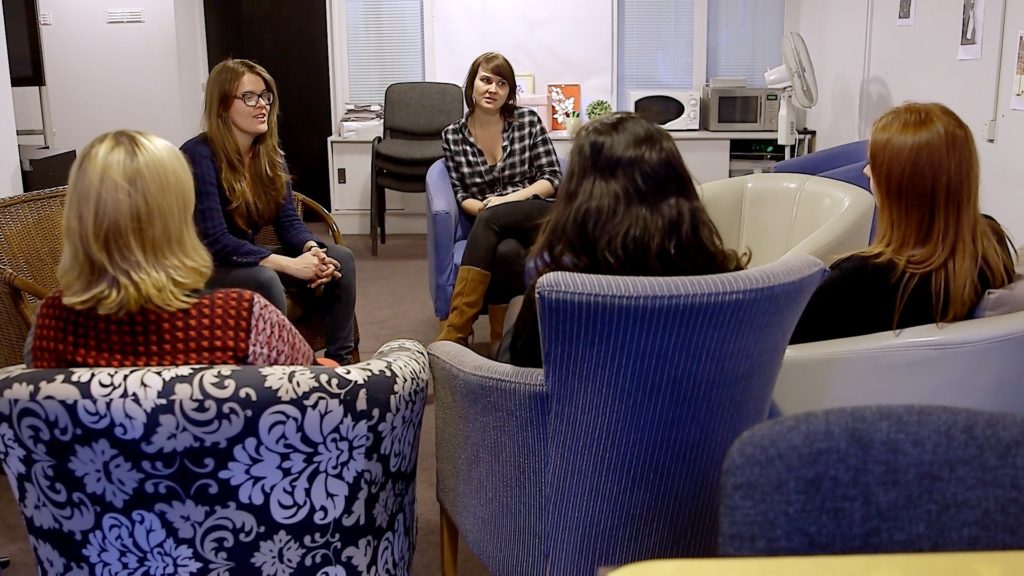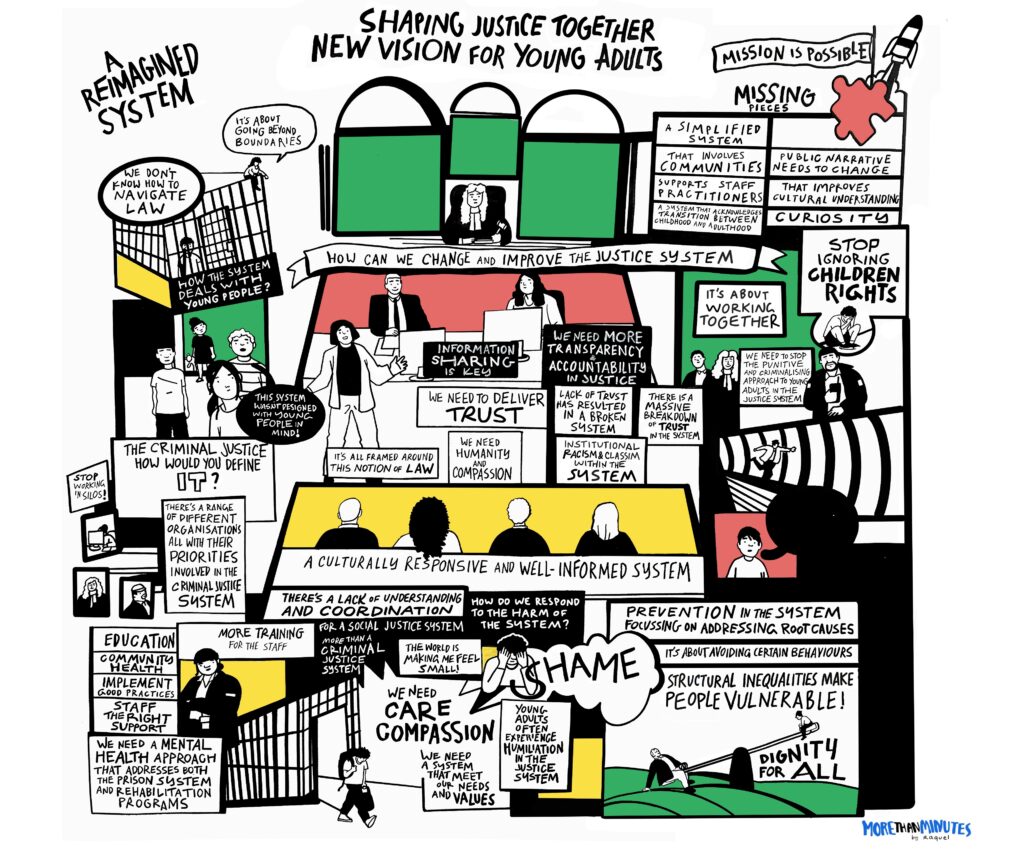T2A uses research and good practice to strengthen its proposal that developmental maturity is more helpful than chronological age in deciding on the best response to young adults (18-25) involved in the CJS.


How do we do this?
- With funding and other resources from Barrow Cadbury Trust
- Through the expertise of Alliance members
- Learning from the partners we fund
- Taking advice from criminal justice professionals
- With input from those with lived experience.
T2A Milestones
The T2A campaign has driven change for more than a decade, working with our partners, criminal justice professionals, and statutory services to do things differently. There have been a number of significant achievements:
-
HMPPS commits to Young Adult Strategy and to producing a strategy for young adult women 2022
-
HMPPS publishes Management of Young Adults Probation Framework 2022
This Probation Service Policy Framework sets out the requirements for probation practitioners when working with young adults aged between 18 and 25 years old, who are in contact with the probation service. It also provides supplementary guidance and signposts to other resources that support work with this age group of People on Probation.
-
HMIP Evidence Base on Young Adults 2021
-
The Joint National Protocol on Transitions 2021
Joint protocol for managing the cases of children moving from
Youth Offending Teams to the National Probation Service. -
Prison Service Female offender Strategy recognises young adults 2021
-
HM Inspectorate of Prisons publishes thematic report on young adults in custody 2021
-
MOPAC and the MoJ establish a London Borough of Newham hub for young adults on probation 2021
-
HMPPS establishes the Young Adult Programme in prisons 2020
-
Sentencing Council Guidelines on Young Adults published, October 2019
The Guidelines establish that the emotional and developmental age of an offender is of at least equal importance to their chronological age (if not greater). They recognise that young adults are still developing neurologically meaning they struggle with evaluating the consequences of their actions, can be impulsive, and take risks.
-
HMPPS develops the young Adult Model of Operational Delivery for prisons, 2019
-
Code for Crown Prosecution Service published, October 2018
A new Code says that prosecutors should consider the suspect’s maturity, as well as their chronological age, as young adults will continue to mature into their mid-twenties. https://www.cps.gov.uk/sites/default/files/documents/publications/Code-for-Crown-Prosecutors-October-2018.pdf
-
Equal Treatment Bench Book acknowledges the Justice Select Committee’s finding that young adults are a distinct group 2018
-
MOPAC (Mayor’s Office for Policing and Crime) develops young adult strategy and creates YA Hub in Newham, London, 2017 onwards
-
Justice Select Committee adopts T2A evidence base and recommendations 2016
Justice Select Committee wrote two reports which were very favourable to T2A policy positions, the first in 2016 and a follow up in 2018. The 2018 report referenced T2A and Barrow Cadbury Trust almost 100 times.
https://publications.parliament.uk/pa/cm201719/cmselect/cmjust/419/41902.htm. In 2017 Government accepted the recommendations, though there has been little progress.
-
Lord Harris of Haringey publishes a report on self-inflicted deaths in custody of 18-24 year olds, making 108 recommendations for reform 2015
-
National Offender Management Service publishes ‘Achieving better outcomes for young adult men: evidence-based commissioning principles 2015
-
Baroness Young of Hornsey publishes a report on outcomes for young black and Muslim men in the criminal justice system
-
T2A Pathways from Crime – 10 step framework 2012
-
Barrow Cadbury Trust holds a national conference on the case for an effective approach to young adults in the criminal justice system with 200 delegates and international speakers 2011
-
Young adults first referenced in draft sentencing guidelines. 2011
Age and/or lack of maturity where it affects the responsibility of the offender’s maturity and experience were introduced as mitigating factors.
T2A Outputs
T2A works with partners and stakeholders producing research, supporting and integrating young adult voices, developing policy ideas and propositions, disseminating evidence, influencing politicians, policy makers and professional bodies, supporting and providing guidance for criminal justice professionals, and responding to consultations.


What changes do we want to see?
- Guidance is translated into practice across statutory services.
- Policy makers understand that young adulthood is a distinct stage needing a tailored response
- More voluntary community and social enterprise providers take a T2A approach
- Statutory and professional guidance recognises the distinct needs of young adults
Ultimately T2A wants to minimise the number of young adults in the criminal justice system, and particularly in custody, and see better justice outcomes for young adults as well as reduced offending and re-offending for the wider community.



